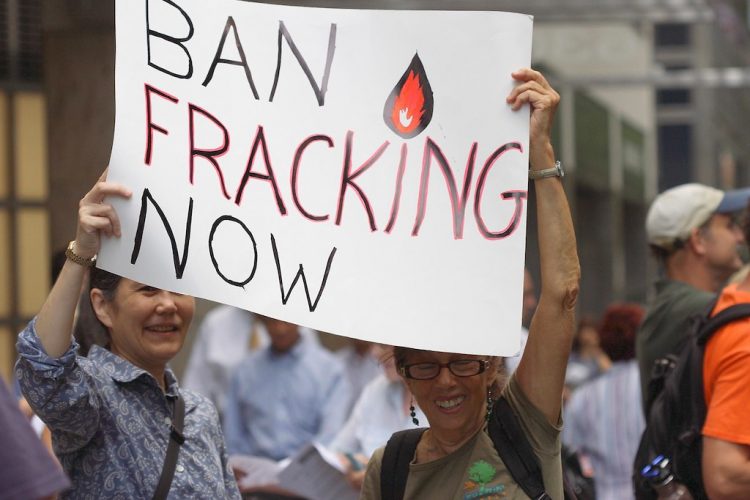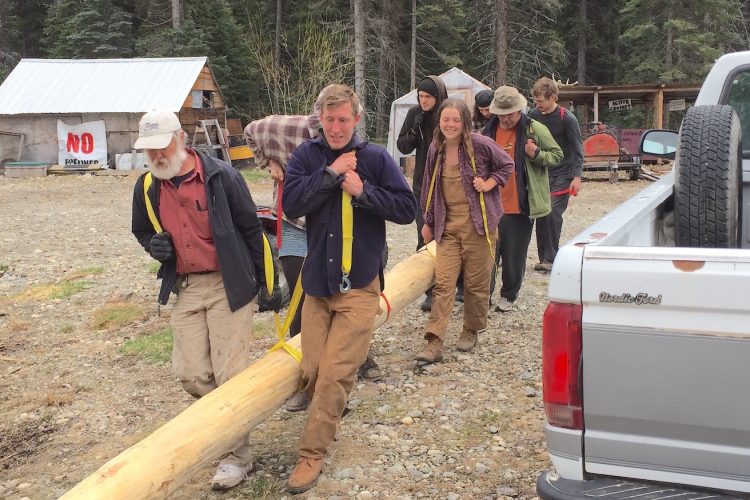Fracking 101 Glossary
Helpful Terms to Better Understand Fracking
Clean Water Act of 1972 – national legislation which established the basic structure for regulating discharges of pollutants into the waters of the United States and regulating quality standards for surface waters. (www.epa.gov)
Energy Policy Act of 2005 (Halliburton Loophole) – legislation which made changes to the Clean Water Act, one of which exempts natural gas drillers from having to disclose the chemicals used in hydraulic fracturing (Snake Oil, p. 39)
extreme energy (extreme extraction) – a group of energy extraction methods that have emerged in recent years as the availability of fossil fuel resources has become more constrained. Extraction effort is strongly correlated with damage to both society and the environment. (extremeenergy.org)
flaring – controlled burning off of natural gas during well testing, shutdowns for maintenance or in an emergency so that it does not escape unburned into the atmosphere. It can produce carbon monoxide, particulate pollution such as soot and ash, and compounds that can cause cancer or affect the central nervous system. The average flaring duration is 2.5 days.
- in fracking for gas – flaring is used when a well is new. The pressure, flow and composition of the gas have to be determined before it can be safely handled by the pipelines and processing plants.
- in fracking for oil – when you drill for oil, you also get gas. When there is only infrastructure to handle oil, producers opt to sell the oil and burn the gas so it does not escape. (rfn.caliberplanning.com)
horizontal drilling – a drilling process in which the drill bit is turned horizontally at depth. It is normally used to extract energy from a source that itself runs horizontally, such as a layer of shale rock. The drill bit is progressively angled so that it creates a borehole that curves horizontally. (Curtis, R. 2011. What is horizontal drilling, and how does it differ from vertical drilling? Institute for Energy and Environmental Research of Northeastern Pennsylvania Clearinghouse website. http:energy.wilkes.edu/158.asp. Posted 14 January 2011.)
hydraulic fracturing (fracking) – extraction process that uses vertical drilling followed by horizontal drilling, then an explosion followed by injection of fluid containing proppants. The explosion creates cracks in rock formation, which the proppant holds open, so that natural gas can migrate out.
liquefied natural gas (LNG) – gas that has been converted to liquid form for ease of storage or transport. It takes up about 1/600th the volume of natural gas in the gaseous state. Hazards include flammability after vaporization into a gaseous state, freezing and asphyxia. The liquefaction process involves removal of certain components, such as dust, acid gases, helium, water, and heavy hydrocarbons and then supercooling to approximately −260 °F. (Wikipedia.com)
methane – a colorless, odorless gas with a wide distribution in nature. It is the principal component (about 75%) of natural gas. Mixtures of about 5 to 15 percent in air are explosive. An undetected gas leak could result in an explosion or asphyxiation. Anaerobic bacterial decomposition of plant and animal matter, such as occurs under water, produces marsh gas, which is also methane. (scifun.chem.wisc.edu)
mineral rights – the legal ability to control the mining of a parcel of property for coal, gems, copper and other minerals, usually below a depth specified when the mineral and surface rights are separated. In oil and gas mining, the oil/gas become the property of the entity that removes them. (definitions.uslegal.com)
proppant – small solid particles that do not dissolve in fracking fluids; injected with fracking fluids to keep cracks open and allow natural gas to migrate out of the rock formation and into the well bore.
sacrifice zone – a geographic area that has been permanently impaired by environmental damage or economic disinvestment. These zones are most commonly found in low-income and minority communities. The concept of sacrifice zones was first discussed during the Cold War as a likely result of nuclear fallout. In contemporary usage, corporate business practices contribute to producing sacrifice zones. (Wikipedia.com)
slick water – water, used in fracking, to which friction-reducing gels have been added to allow faster pumping into well bores (Snake Oil, p. 39)
surface rights – Surface rights refer to those ownership rights in a parcel of real estate that are limited to the surface. It does not include air rights or subsurface rights. Unless surface and mineral rights are legally severed, ownership of real estate includes both surface and subsurface rights. (definitions.uslegal.com)

